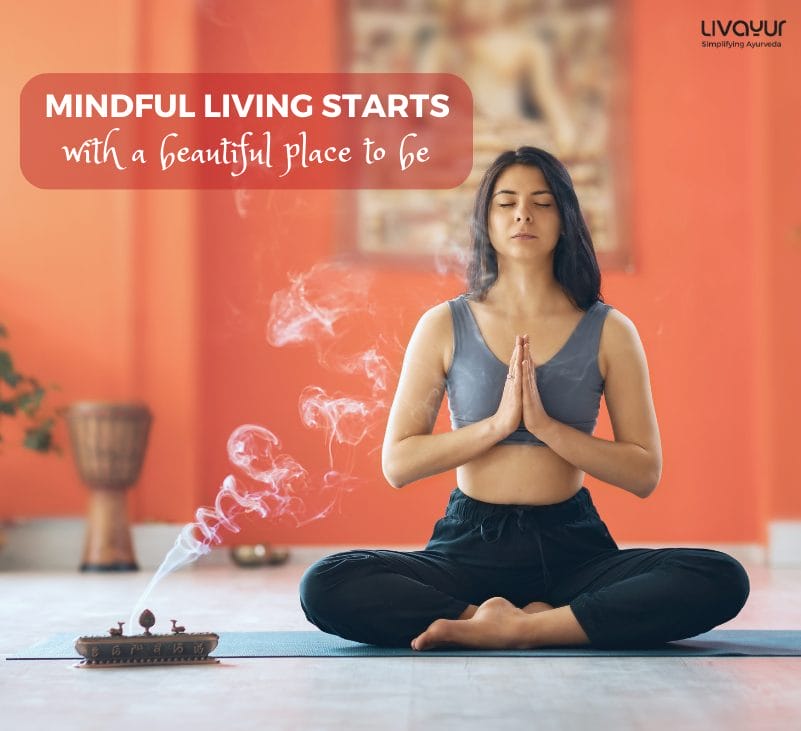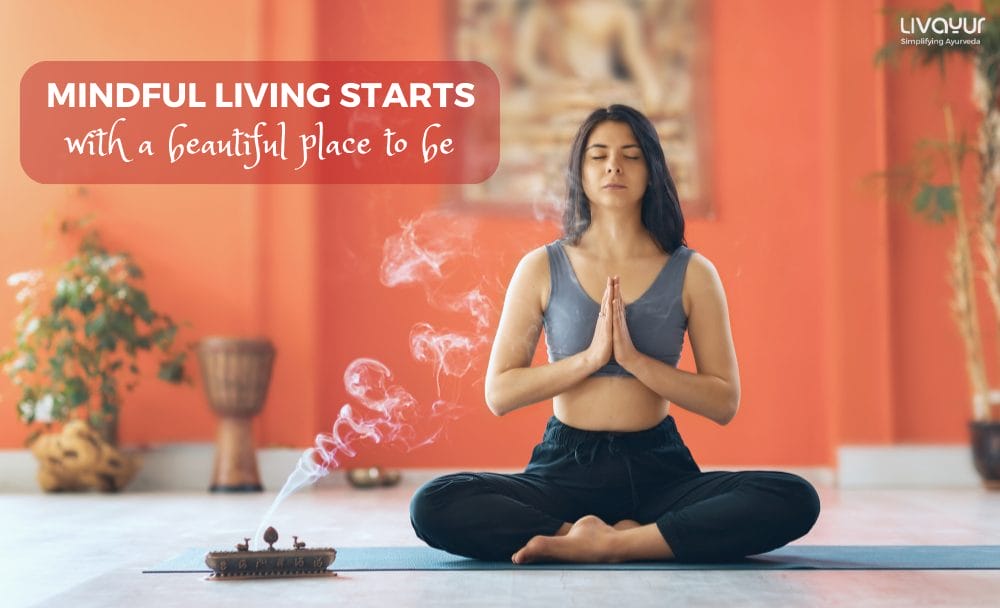
Meditation can help get rid of daily stress, bringing with it inner peace and calm. Meditation can have a phenomenally positive impact when it comes to dealing with anxiety, worry, and tension. Spending just a few minutes practicing meditation every day can have a healing and transformative power like no other. So, wouldn’t it be fair to have a room dedicated to the practice of your daily meditation? The answer is surely a no-brainer.
Creating a dedicated meditation room that feels inviting and calming can tremendously enhance your meditative practice.
So, let’s see how to go about this.
How to set up a meditation space [1] [2]
1. Select a space that feels good
You would want the space to be calm and serene rather than amid a highly trafficked section. Your meditative practice is and must be extremely personal: you can practice it anywhere, even while commuting. However, the meditation space that you create in your home should be the most delightful of all places.
2. Ensure that the Meditation Room is Clean and Uncluttered
When clutter surrounds us, our minds, too, become cluttered. Hence, ensure that there are minimal distractions. This is one of the foremost meditation room ideas. Ensure that your eyes fall on a clean surface and not your phone, computer, or newspaper.
3. Give Comfort a Priority
When it comes to meditation room design, give unrivaled importance to comfort, be it the cushion, chair, or couch. You may even sit on a comfortable bed. If you plan to sit on the floor, use blankets or cushions, which can help in propping your hips higher than your knees. This will help in taking out the pressure off your knees and opening the hips. If you are using a chair, ensure that it has the right cushioning or backrest. Meditation and comfort are synonymous.
4. Bring Nature into Your Meditation Room
Nature has soothing and healing effects. Hence, it is advisable to bring an element of nature into your room. You may want to include something that embodies each of the four elements: water, earth, air, and fire. When it comes to an intentional perspective, a universal balance is created in your room. Including nature in your meditation room can be as simple as a vase of cut flowers or a small plant.
5. Personalize Your Space
Getting an altar or shrine is not at all necessary. That said, setting up a small table or landing place for your cherished and loved items is advisable. It can even be a painting or a picture of your dog. You definitely want the items you see to help you to make the transition to a quiet, present, and mindful mindset to ignite and touch your heart, while simultaneously inspiring you.
6. Make Your Room Aromatic
Be it essential oils, incense sticks, or aromatic candles, when you make your meditation room aromatic, it surely helps. This is not only about attracting us to a specific place or practice but also enhancing the experience even further. The better the multisensory experience, the more fruitful the practice of meditation.
7. Carry it along with You
There will surely be some aspect of your meditation room that makes it feel inviting and special. If you plan to be away from home for a long time, you should consider taking some small, essential pieces of it along with you. It could be a sacred book, essential oil, or a photograph. By possessing something that you love in your temporary space, your body and mind will settle into the experience in a far better way, even when you are not at home.
FAQs
1. Why is it important to have a dedicated meditation space?
Creating a dedicated meditation space helps enhance meditative practice by providing a calm and serene environment free from distractions.
2. How to incorporate nature into a meditation room?
Bringing an element of nature into the meditation room is advised for its soothing and healing effects. Include items representing the four elements—water, earth, air, and fire. Simple additions, such as a vase of cut flowers or a small plant, can create a sense of universal balance in the room, contributing to a more intentional and harmonious meditation space.
3. Why is comfort emphasized in meditation room design?
Comfort should be prioritized in meditation room design because it plays a crucial role in the meditation experience. Whether using cushions, chairs, or comfortable seating on a bed, prioritizing comfort helps individuals maintain a relaxed and focused posture during meditation.
On a Final Note
When it comes to meditation room designs, minimalism is the key. In addition, you would want to keep distractions (such as noise) and technology (such as your mobile phone) at bay.

























